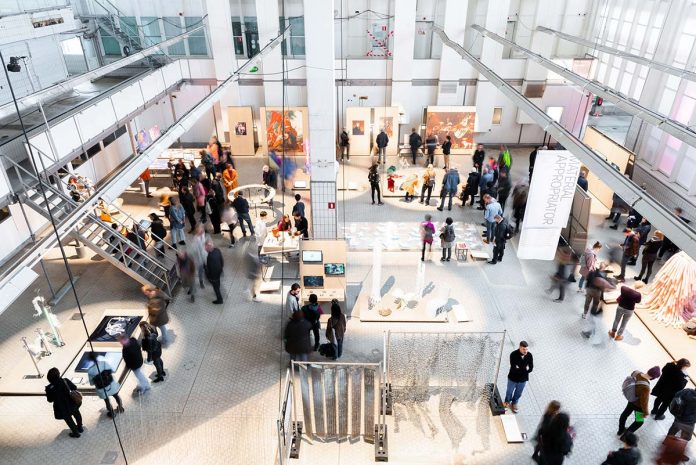In the world of design, Eindhoven is known for its Design Academy (see below) and for being the location of the Dutch Design Week (22-30 October this year). In historical terms, the Dutch city owes its growth to the technology giant Philips, which radically altered the local geography by building houses, daycare centers, sports facilities and many other structures for its employees from the 1960s to the 1980s.
The major crisis that struck the company towards the end of the 1980s, however, forced Eindhoven to change its image, getting away from the ‘Philips-centric’ approach while opening up to design and innovation. The core of the city has been completely redesigned, also thanks to the efforts of leading Italian architects (in the wake of Gio Ponti, who completed the De Bijenkorf department store in 1968), such as Massimiliano Fuksas, Stefano Boeri, Alessandro Mendini and Andrea Branzi, permanently changing the city’s identity with a futuristic and efficient spirit. The center alternates contemporary buildings with typical low houses in red brick with large windows, some reinterpreted in a modern tone, around squares full of energy and life.
Design Academy
Design Academy Eindhoven is an interdisciplinary school, covering art, architecture and design. It is considered one of the most important design institutes in the world. Many talents have emerged from its programs over the years. The school organizes various events throughout the year. The most famous is undoubtedly the Graduation Show, displaying the works of graduating students.
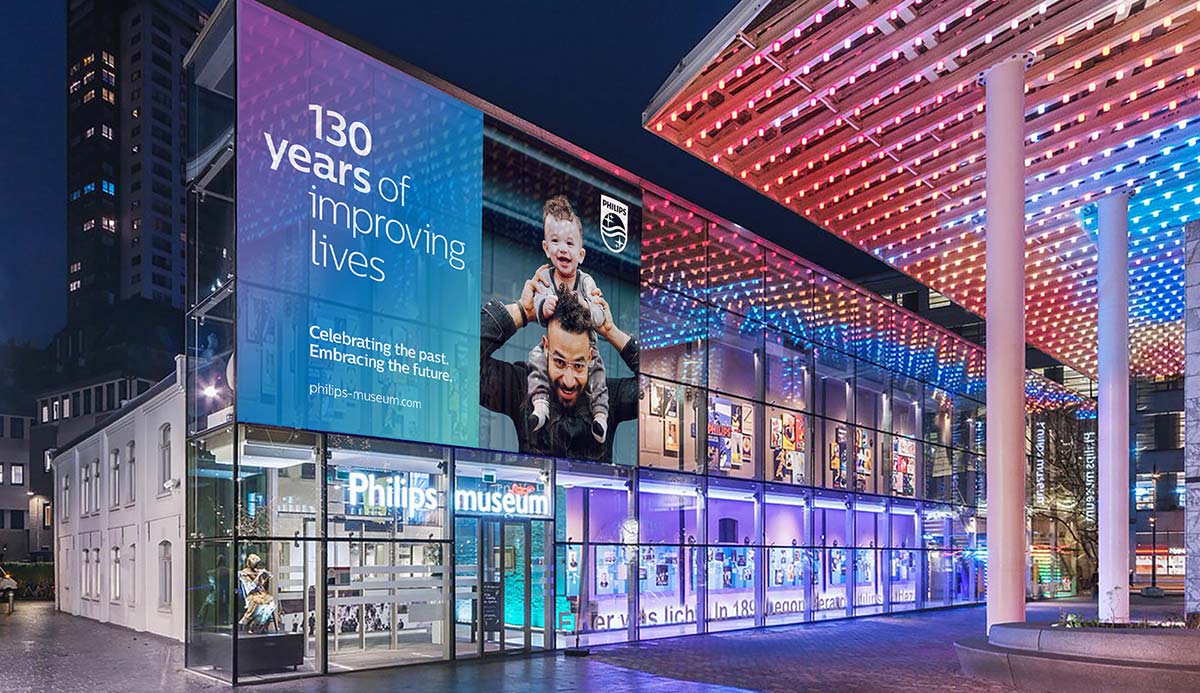
Philips Museum
Another attraction in the Dutch city is the Philips Museum, of the company that (for better or worse) has permanently marked the history of this city. The building housing the exhibits was once a production facility for light bulbs, and the museum offers an itinerary through the electronic devices that have changed our way of living in the home.
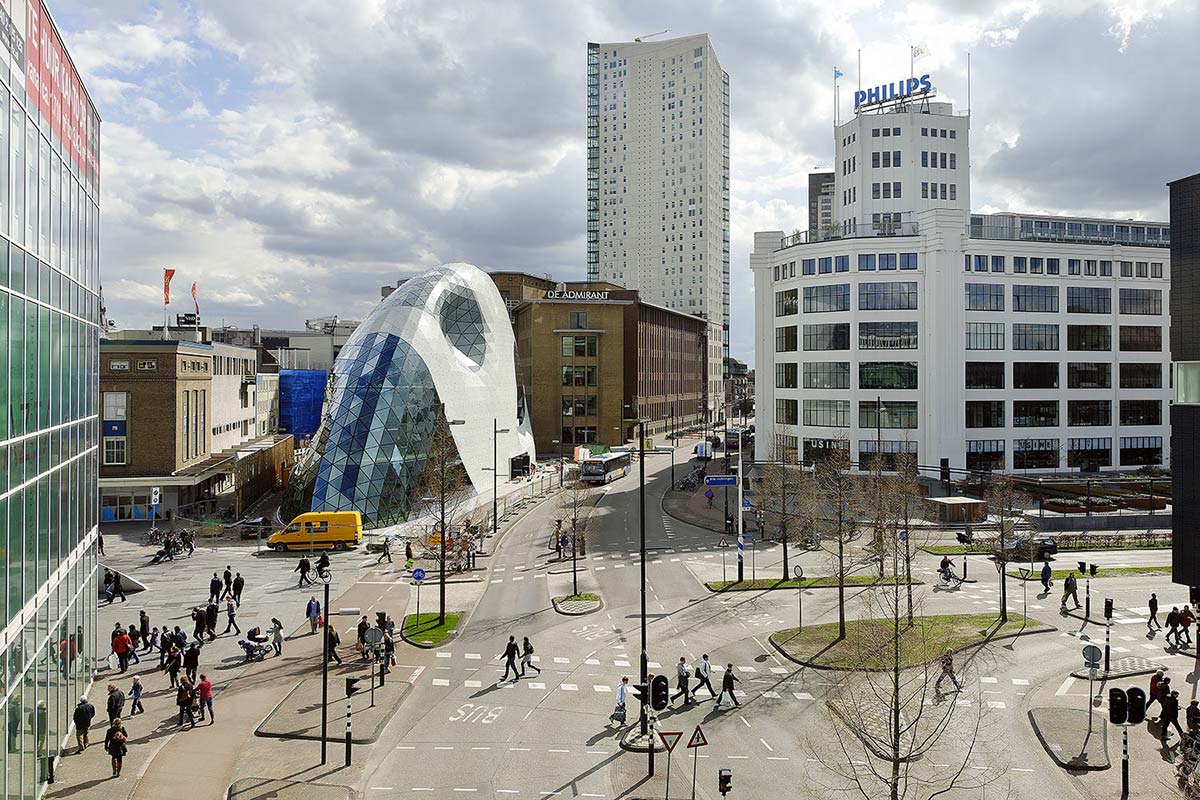
The Blob
The Blob (designed by Massimiliano Fuksas), on the iconic square at 18 Septemberplein, is a glass and steel structure that seems like a UFO that has just landed in the city. Actually it is the entrance to the De Admirant shopping mall, which stands right behind it.
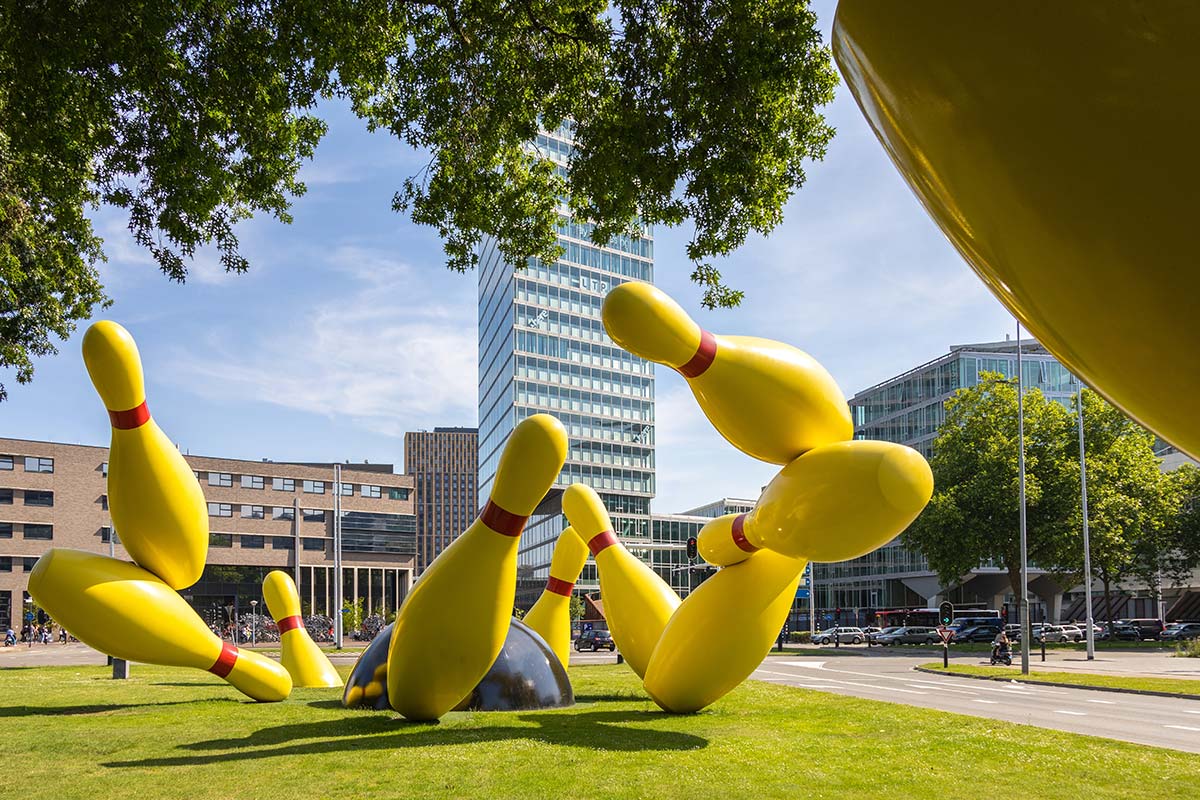
Flying Pins
Made by the artists Claes Oldenburg and Coosje van Bruggen, this monumental installation is located near the main rail station of Eindhoven, and has become a true symbol of the city. It was built to mark the start of the 2000s, and features bowling pins (about 8 meters high) struck by a ball, on the point of falling to the ground and rolling away. The pins are placed at the end of a big street, which represents the bowling lane.

Church of St. Catherine
This is the most famous and important church in Eindhoven, built in Neo-Gothic style in 1867, with carved rose windows and two steeples. Its architecture, in spite of a style that is clearly different from the rest of the constructions, adapts perfectly to the city center, looming over the low houses while offering an oasis of peace. The church faces one of the most beautiful and characteristic squares in the city.
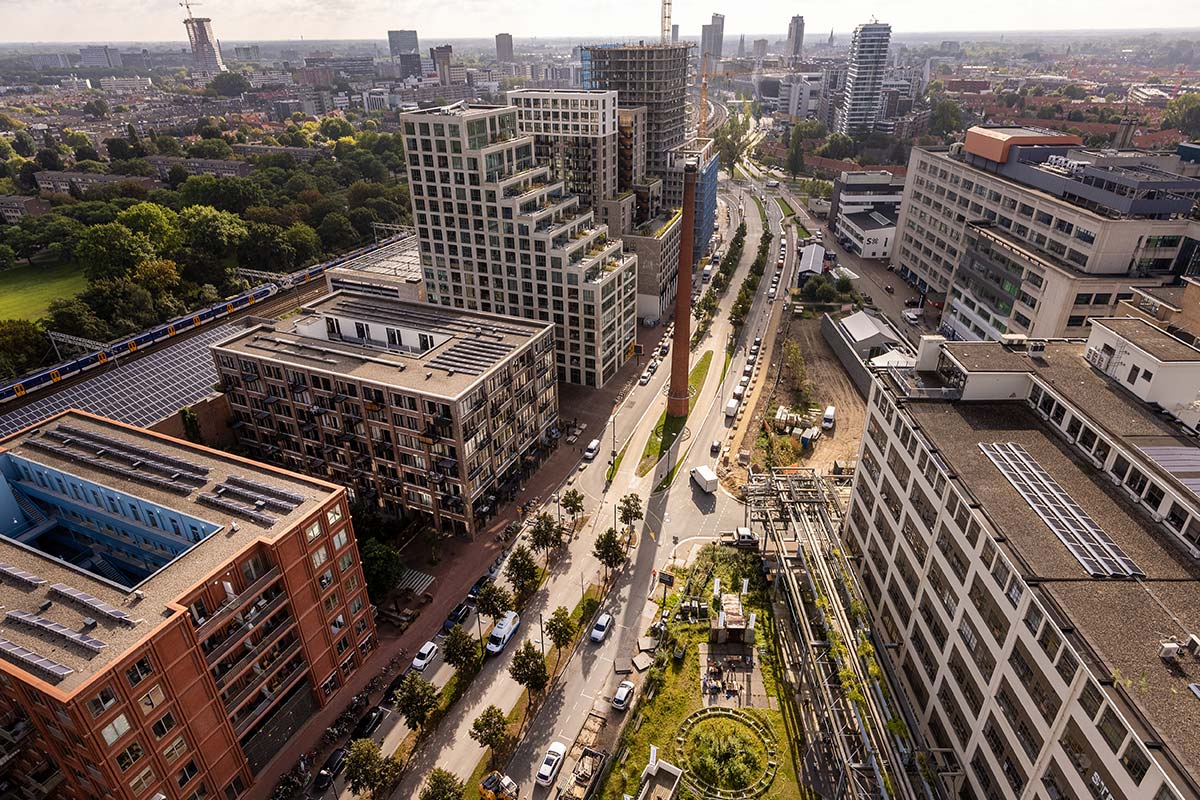
Strijp-S
Strijp-S is one of the main attractions of Eindhoven, not far from the city center. It is a former industrial area that once belonged to Philips and has now been completely refurbished as a focal point of culture. It contains the workshops of emerging artists and designers, fashion boutiques, music stores and venues for enjoying leisure time.
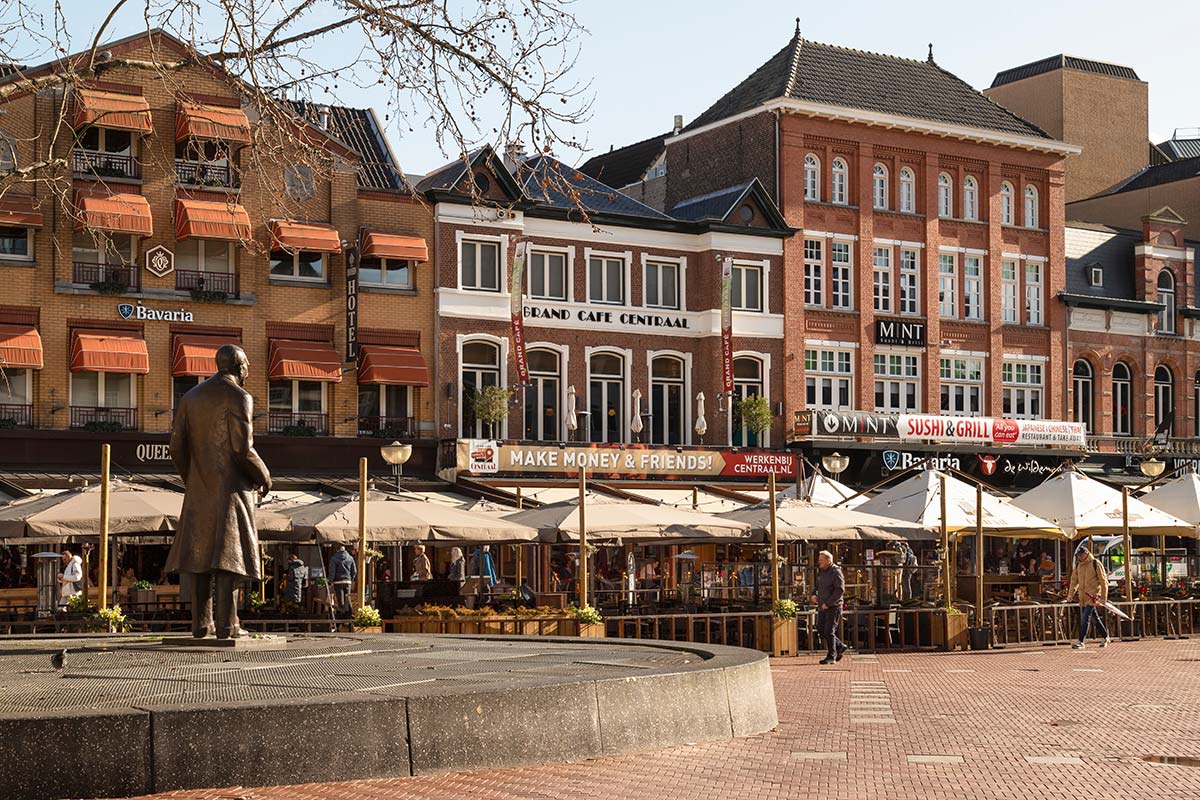
Market Square
Market Square, known in Eindhoven as De Markt, is the city’s historic square, already constructed in and around the year 1230. It is a nerve center of the Dutch city, filled with tourists every day. On Saturday it hosts a very large flea market, a true attraction for visitors. The buildings around De Markt are almost all historic structures, dating back above all to the start of the 19th century.
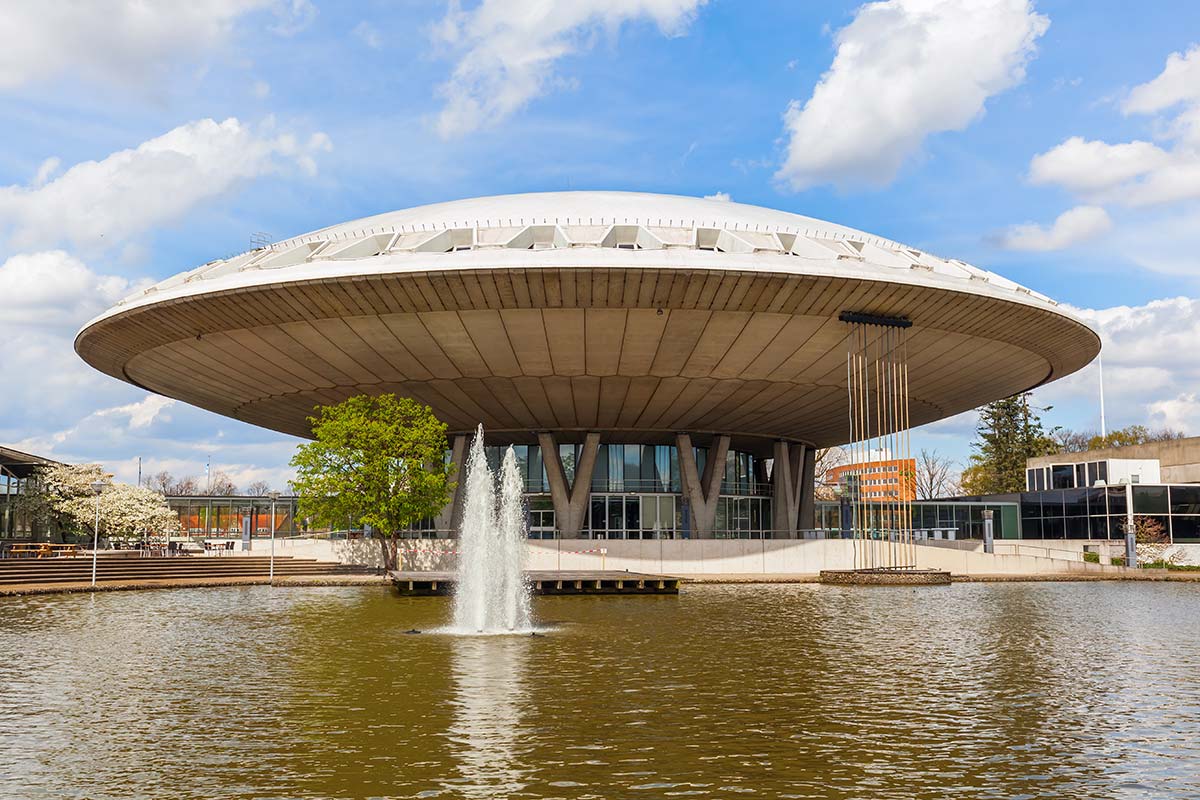
Evoluon
Another site of architectural interest in the Dutch city is the Evoluon. It was built by Philips in 1966 as a science museum, closed in 1989 and then reopened in 1998 as a conference center. Its form resembles an enormous flying saucer, with a concrete dome whose diameter is 77 meters, held in place by steel bars.
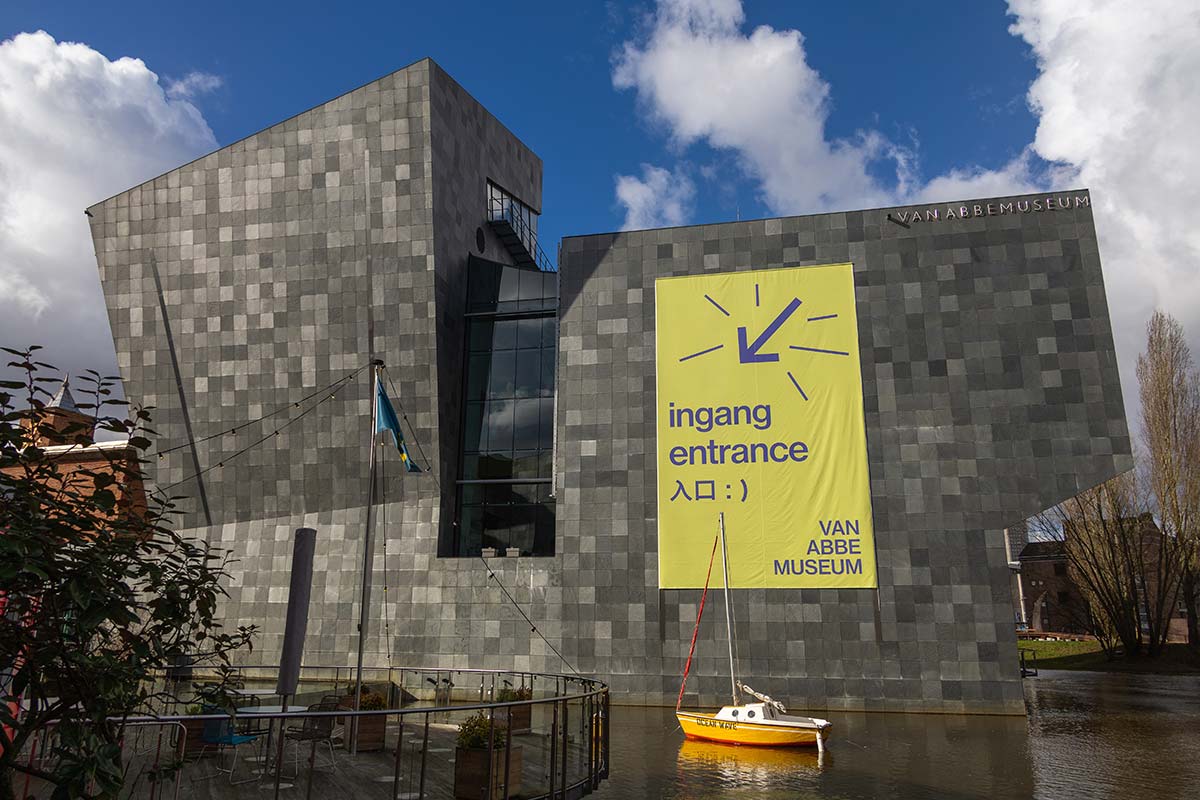
Van Abbemuseum
Built in 1936 with a project by the architect A.J. Kropholler and then expanded in 2003, the Van Abbemuseum is subdivided into an older part and a more modern portion. It also contains a library by the Flemish designer Maarten van Severen. Inside, the museum offers 1000 sculptures, 700 paintings and 1000 works on paper, including pieces by El Lissitzky, Pablo Picasso, Georges Braque, Wassily Kandinsky, Marc Chagall, Joseph Beuys and Marcel Broodthaers.

